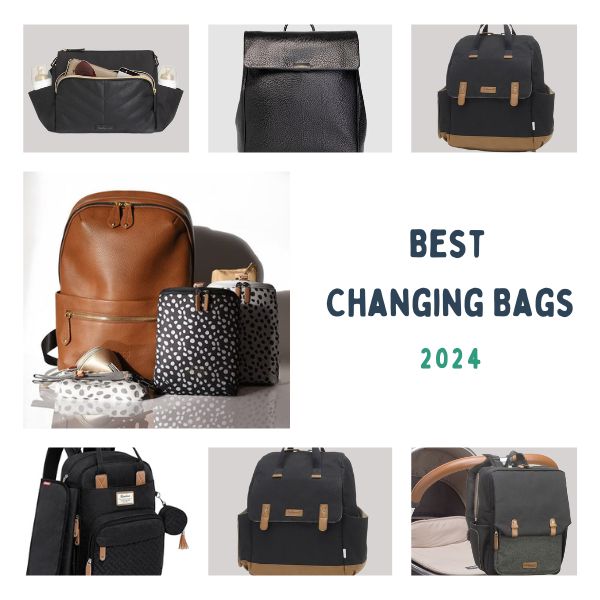The 2023 DEFRA report on the environment impact of nappies is out!
When you start investigating the environmental impact of disposable nappies versus reusable nappies, you'll likely hit upon the Environment Agency report from 2005 (which was immediately discredited upon its publication), or the only marginally better update from 2008. The original report presents reusable nappies as more environmentally damaging than disposables, based on inaccurate assumptions and flawed science. While the 2008 update does in fact conclude that reusable nappies are the more environmental choice, it does not go nearly far enough to repair the damage caused by the 2005 paper.
This report led to a generation of people believing that reusable nappies produce just as much (or more) carbon emissions than disposables, or dismissing them due to the concerns over increased water consumption.
So, which nappies are better for the environment?
Today, DEFRA publish their long awaited updated Lifecycle Analysis (LCA) on the real impact of nappies. We have worked with The Nappy Alliance on providing accurate data for this report, including data from our Great Big Nappy Census from 2021 and 2020 (so if you took part, you played a role in this report!) and we're excited to see the results.
The key take-aways from the LCA are:
- reusable nappies product 25% less CO2 than single-use disposable nappies
- the environmental impact of production is over 90% lower for a reusable nappy than for a single-use nappy
- the environmental impact of the disposal of a single-use nappy is 9x higher than that for a reusable nappy
- single use nappies use approximately 98% more resources to produce than reusable alternatives
- if every child in the UK in nappies used reusables rather than disposables, it would save the equivalent of 700 million car miles of CO2 - that's nearly 3,000 journeys to the moon in a car!
- the report shows that even when factoring in the washing and drying, reusable nappies are still the best nappy choice for the environment
Further to that, with renewable energy sources gaining an increasing amount of market share, we can only expect this improved environmental performance of reusable nappies to increase.
During the LCA production, there was some push-back from the disposable nappy industry regarding the period of time used in the report for a child to be wearing nappies. It was insisted that the figure be used as 2.5 years, which ultimately serves to reduce the overall disparity between the environmental impact of the disposable nappies versus the reusable ones. The report itself recognises that at 2.5 years only 37% of disposable nappy wearing infants are potty trained and out of nappies, and 35% of reusable nappy wearing infants. So we know that nappies are typically worn for a longer period than this data represents. That will have skewed results.
Of course, we always knew that reusable nappies were better for the environment. But now the Government does too.
So what are they going to do about it?
We need to see the introduction of a national strategy to target the waste produced from single-use disposable nappies. This is an important issue, and our current rate of throwing away 3.6 million disposable nappies per year in the UK is simply not sustainable.
In the meantime, you can check out our own National Reusable Nappy Incentive scheme here to help you make the switch from disposable nappies to reusable alternatives!



Thanks for the summary and really great to see the report. Interesting to see that they also looked at a second child using reusables and that also makes the impacts less per use.
The UK Government’s Environment Agency conducted a LCA in 2005, titled ‘Life Cycle Assessment of Disposable and Reusable Nappies in the UK’, producing a 200 page report. The conclusion was “no significant difference between any of the environmental impacts” between disposable, wash at home reusable and commercially washed reusable nappies. Do you have any thoughts why the 2 LCAs would have very different results?